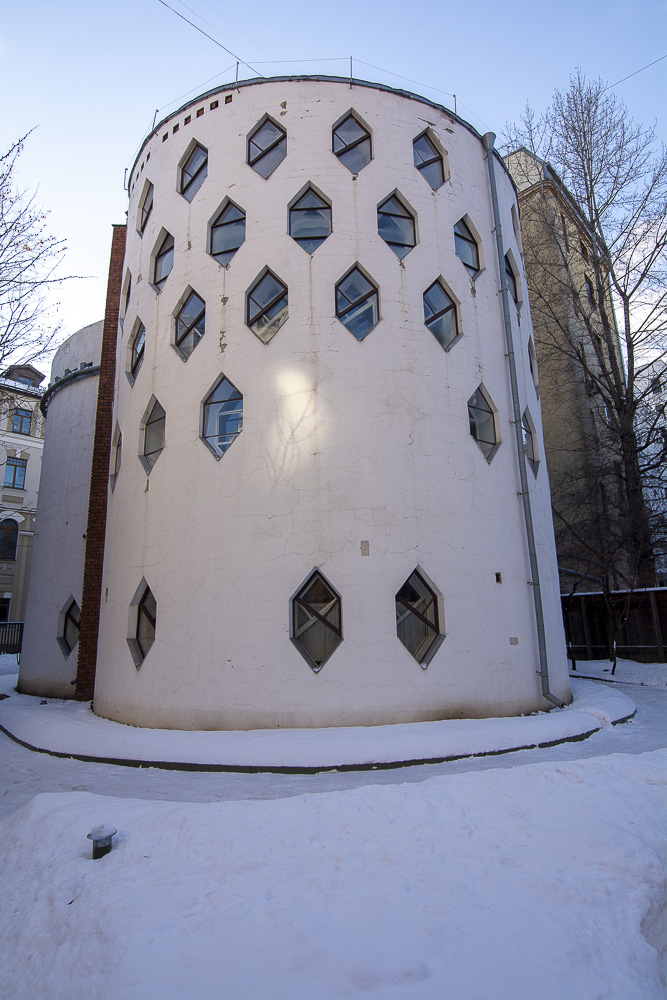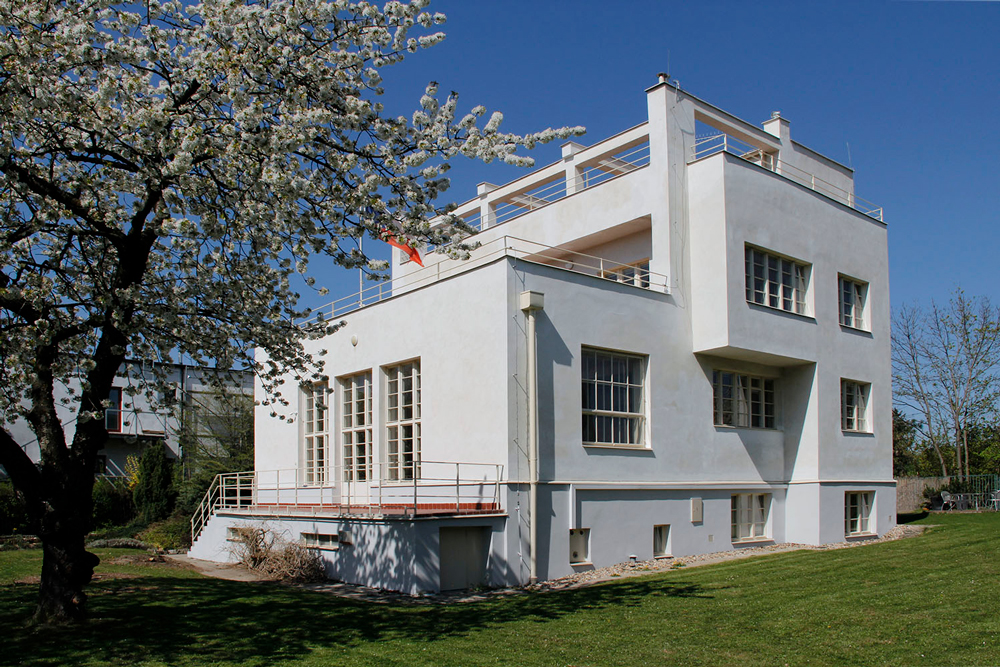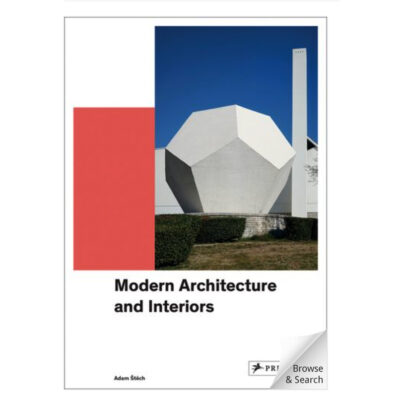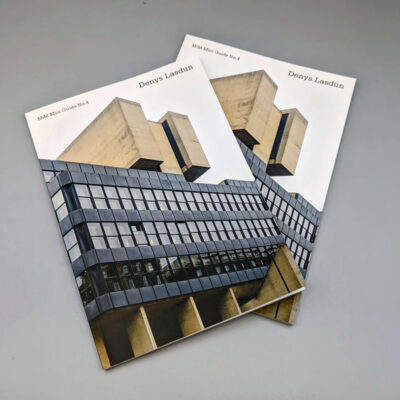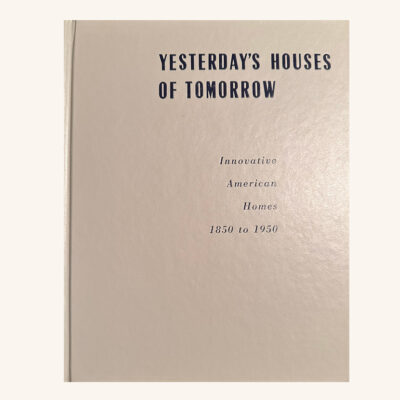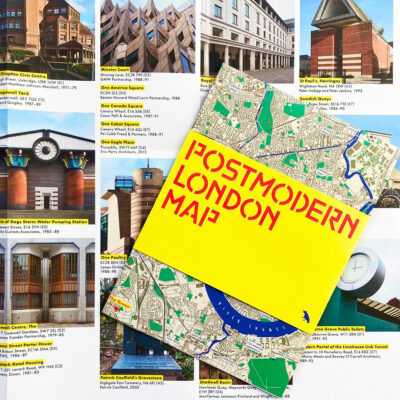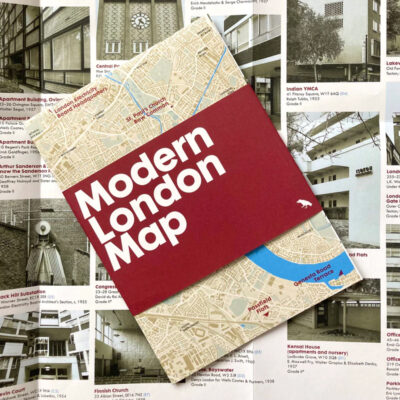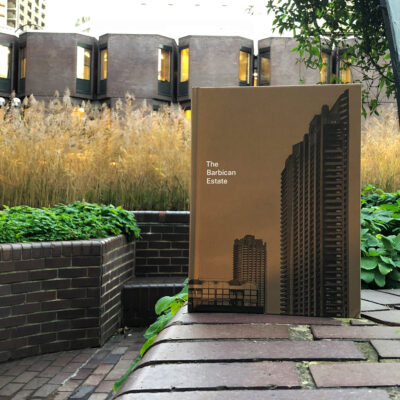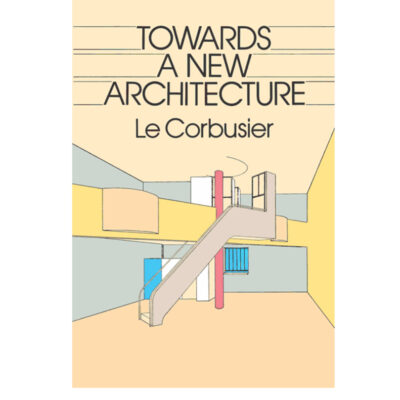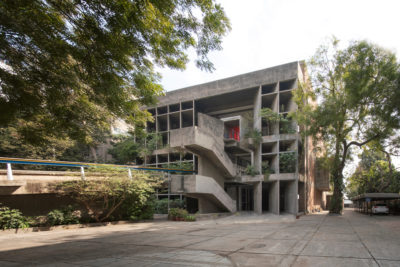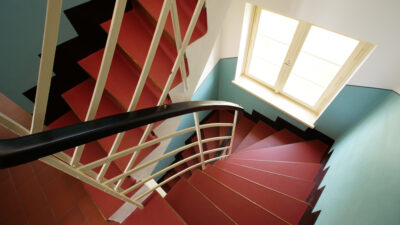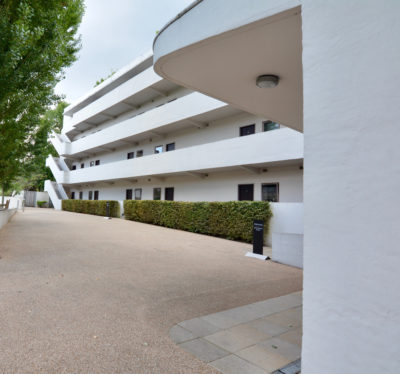Is Modernism Antiquated?
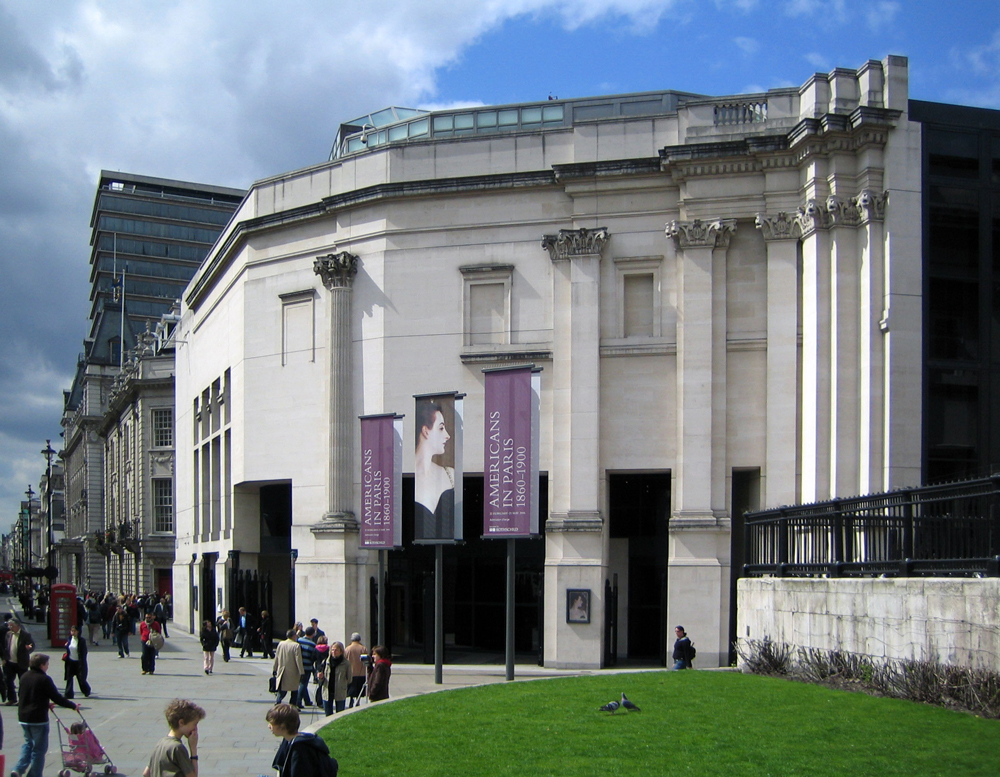
National Gallery Sainsbury Wing
2024 arrives and we look forward to the buildings we’ll visit in this new year. Some at home and others overseas. We’d better prepare, too, for the fight to save buildings of merit from the developers’ wrecking balls. And we know that each building that isn’t saved isn’t replaced with a modernist design. There are lots of modernist buildings, perhaps more than a person can see in their lifetime, but we’re not building new ones. Are we, the lovers of modernism, constructivism and brutalist design, really just antiquated?
Are we stuck in the past really just fans of an architectural cosplay?
There were many new years, many Januarys, that felt different. For decades modernism was on the march, not just in architecture and design but more widely in art and literature. New architects with their manifestos for societal improvement were getting their designs built, developing new techniques and using novel materials, eschewing fussy ornamentation, bringing the outside in and there were people who wanted these refreshing, new, buildings and had rather means and were willing today for them.
In the eyes of many, modernism had failed
But then Robert Venturi with Denise Scott Brown and Steve Izenour wrote “Learning from Las Vegas”, a book that marked the end of the modernist period. Charles Jencks in 1977 in “Language of Post-Modern Architecture” had declared modern architecture dead but it was Venturi, Scott Brown and Izensour who interred the movement. In the eyes of many, modernism had failed. It was unable to meet, people said, the needs of family and community and society, it ignored individuals and their familial and communities. Too much effort was devoted to the use of cheap materials with a resulting lack of build quality and too many buildings became identified with the statist and totalitarian regimes of the mid-twentieth century.
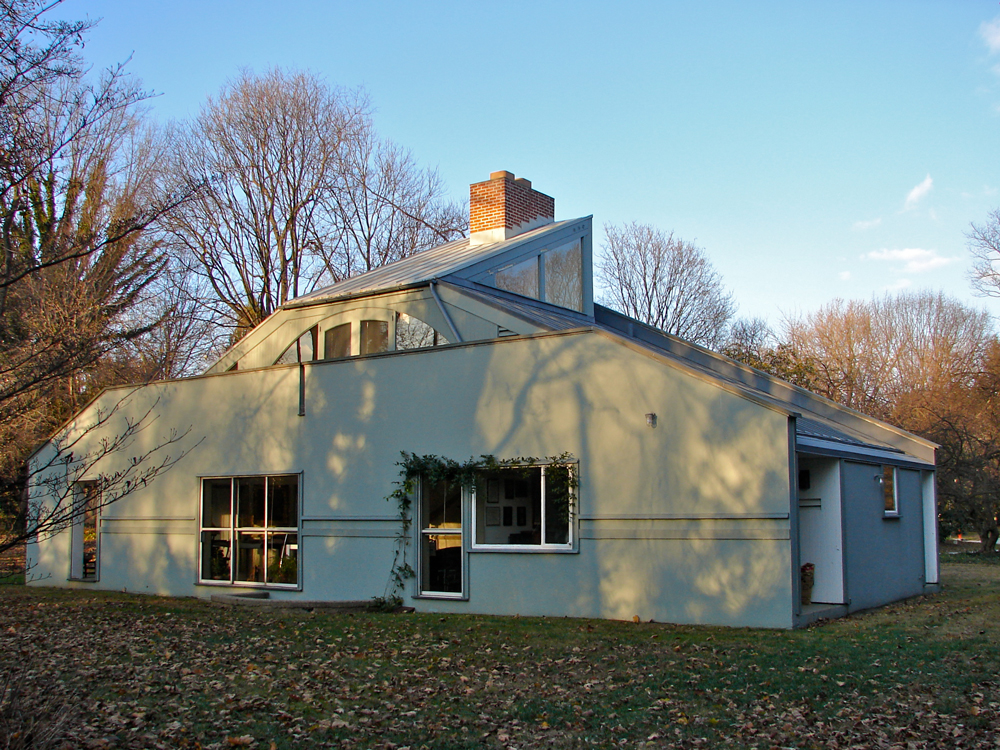
Vanna Venturi House NW Philadelphia
‘less is a bore’
Venturi didn’t shy away from ornamentation but perhaps more importantly considered that buildings shouldn’t be a break with the past but rather be sympathetic to the location and the buildings and history around them. There was an emphasis on the people for who the buildings were built. Of the course the criticisms of modernism can be met but ridicule, even if at most sardonic, is deeply wounding. Venturi, mocking Ludwig Mies van der Rohe’s maxim “Less is more”, said “Less is a bore”.
In the Vanna Venturi House designed for his mother, Venturi created a definitive Postmodern take on the American suburban dream home. The Gordon Wu Hall at Princeton College illustrates Venturi’s principles; it ties together the buildings around it, co-opts design elements to make the building culturally sympathetic in contrast to the exclusivity of the core precepts of modernism. The Ghost Houses on the site of Benjamin Franklin’s long demolished house are made from tubular steel and represent those lost buildings. The structures help the visitor to conjure a vision of the house and print shop, razed to the ground in 1812, but they’re not archaeologically accurate.
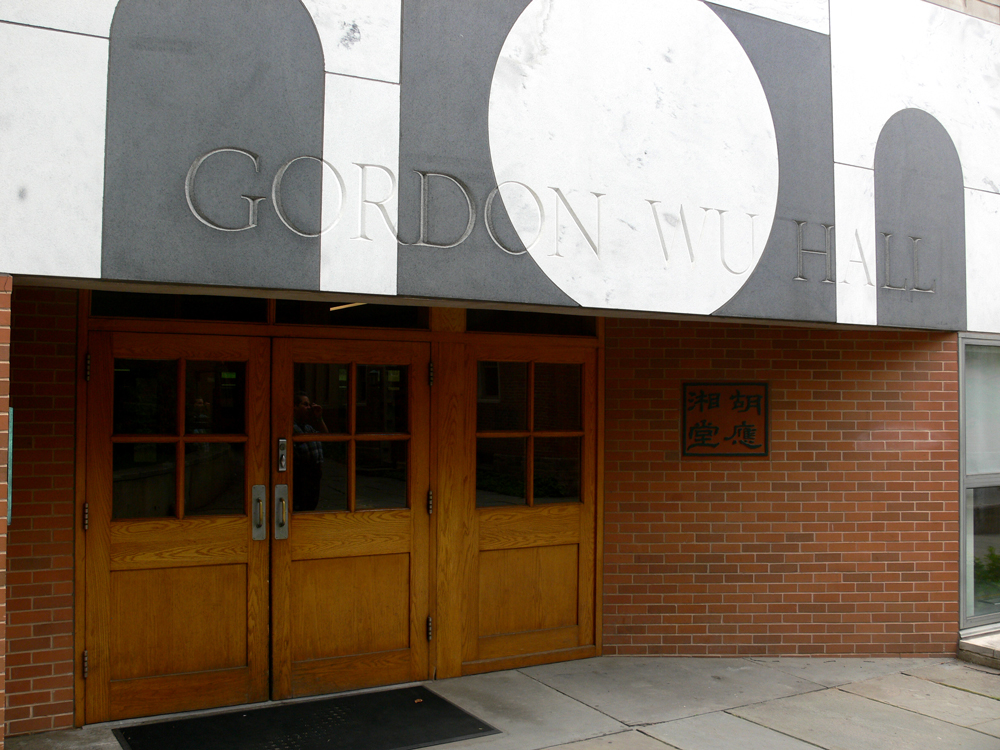
Gordon Wu Hall, Princeton CC
Now a little over five years after Robert Venturi died, his legacy, and he did design some wonderful buildings, is itself in jeopardy. The plans to revamp Venturi’s Museum of Contemporary Arts in San Diego went ahead notwithstanding the opposition of many prominent architects. Here, in London, the Sainsbury Wing of the National Gallery designed by Venturi, Denise Scott Brown, Venturi’s design partner and wife, and Jeremy Dixon is in the process of major change ostensibly to future proof it but, truth be told, many have hated it since construction. In 1984 King Charles, then the Prince of Wales, famously described the Sainsbury Wing as a “monstrous carbuncle on the face of a much-loved and elegant friend”.
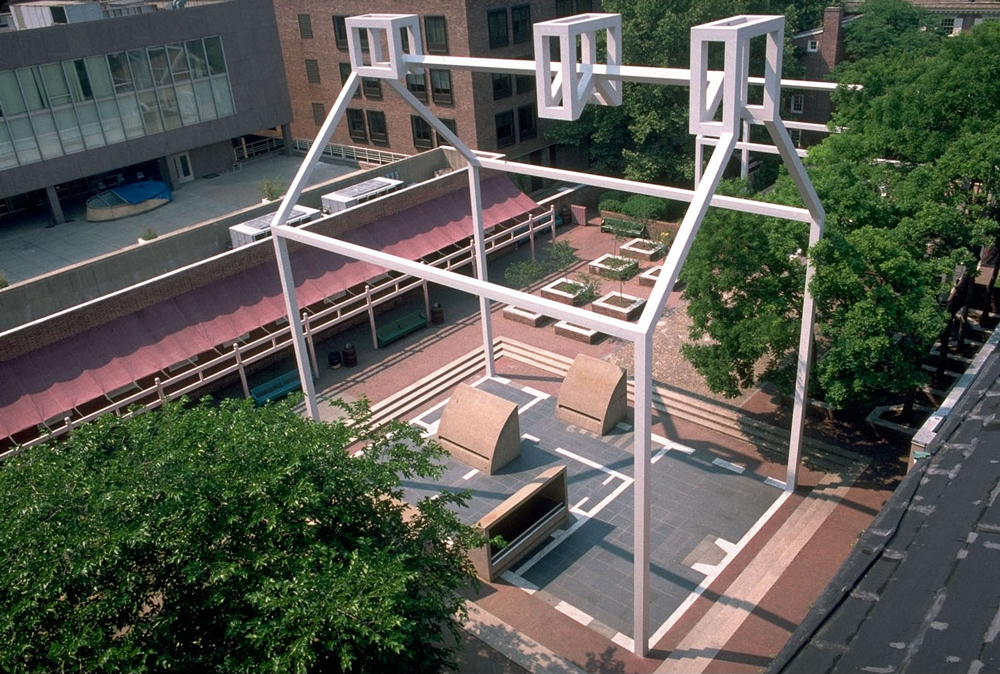
Franklin Court Ghost Houses, Philadelphia
Mark Alan Hewitt in his article “In London, a Venturi-Scott Brown Masterpiece Is Threatened” says
Though he died in 2018, Venturi continues to be the whipping boy for cultural watchdogs who want Postmodernism relegated to the dustbin of bogus history. As I have written before on Common Edge, there is no excuse for stupid, ill-informed and destructive ideas from our “best and brightest” contemporary architects. The best architects, no matter their style, race, or gender, ought to be working to preserve masterpieces like the Sainsbury Wing from ill-advised administrative ploys to “update” their very durable features and protect them …
‘The Weissenhof Estate turned out to be ruinously expensive to build and way outside the means of ordinary people’
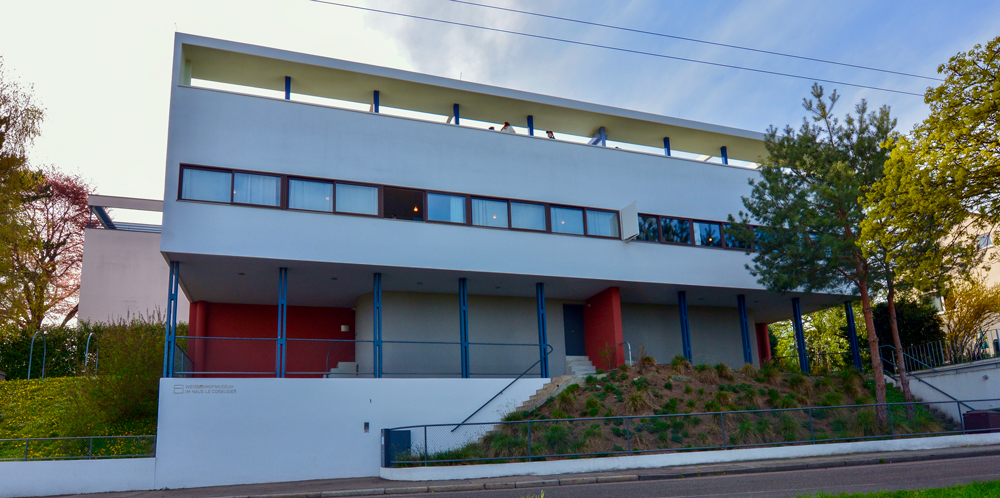
Weissenhof Estate and Museum Image Howard Morris
What comes around goes around. The critics of a style or a design philosophy may tear down its precepts to replace it with what becomes a new orthodoxy that then some make a dogma and they, in turn, find themselves attacked as the establishment. The point is that for those of us moved and inspired by modernism, by those visions of utopianism made substantial in concrete and masonry, must not be deterred. Of course not everything worked. The Weissenhof Estate turned out to be ruinously expensive to build and way outside the means of ordinary people for whom it was meant to be a proof of concept. Unité d’habitation fell short of its goals.
The Melnikov House appeared radically modern, but traditional materials and techniques were used to build it because the USSR didn’t possess the materials or the skills to use the new. Many modernist housing estates from Pruitt-Igoe to Aylesbury to Hulme Crescent didn’t succeed because they reached too far and there was never the money needed to maintain ambitious social housing projects. But there are quite stunning modernist designs that worked and survive the test of time. You will know some. How about Villa Savoye, Corbusier’s Notre Dame du Haut, Adolf Loos’ Villa Winternitz, Chandigarh, the Guggenheim and the Barbican Estate?
So in celebrating the new year and resolving to visit and enjoy modernist buildings we’re not stuck in a historical rut, we’re not nostalgia freaks, we are taking joy in the brilliance of conception and design, the sweep of ambition. And if there must be campaigns to preserve and restore great buildings, so be it, we can write letters, articles, emails and we can advocate. Modernism, in all its forms, has made solid, concrete, if you will, dreams of great designers. Happy new year.
Howard Morris
Image credits: Vanna Venturi House NW Philadelphia. CC0 Image Smallbones; National Gallery Sainsbury Wing Image Ricard George CC; The Melnikov House ©Greyscape
Venturi, Scott Brown Architectural Archive at University of Pennsylvania




